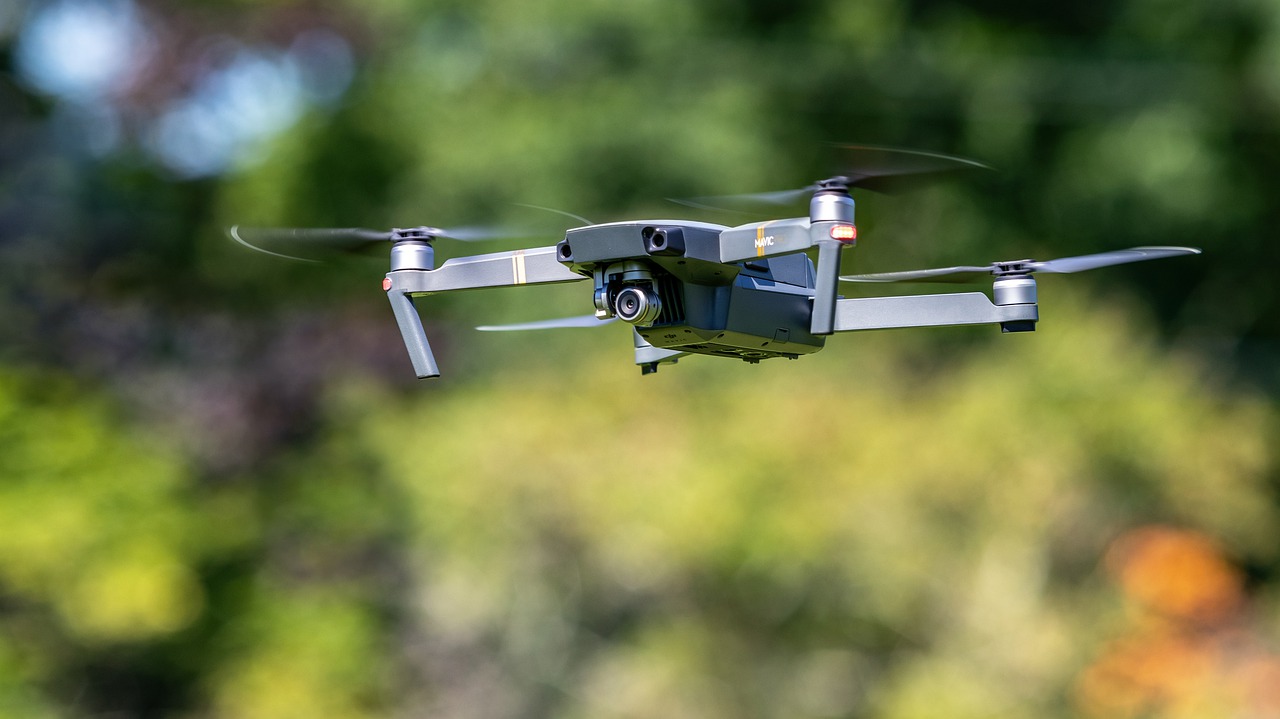This post is also available in:
 עברית (Hebrew)
עברית (Hebrew)
Remote ID would become a fact of life for drone operation — and for enforcement of the rules governing drone operation. Nearly 1.5 million drones and 160,000 remote pilots are now registered with the Federal Aviation Administration (FAA), and analysts say Remote ID could turn into a market generating $1.5 billion a year by 2029.
The FAA is interested in advancing the safe integration of drones into the US airspace. The agency will establish technical requirements for Remote ID, a protocol that drones will be required to follow for broadcasting identification and location data while in flight. Eight companies were selected to help the FAA: Amazon, T-Mobile, Airbus, AirMap, Intel, OneSky, Skyward and Alphabet’s drone subsidiary, Wing.
The companies will advise the FAA on the technical standards and radio frequencies that would support the Remote ID system. Those specifications will be announced when the FAA publishes its final rule on Remote ID. Then the FAA would begin accepting applications for entities to become the suppliers of Remote ID equipment and applications.
According to the draft regulations and a request for information, remote ID would require drone manufacturers to make their products capable of sending out ID codes and location data during operation in national airspace. The rules would apply to all drones heavier than 8.8 ounces, and manufacturers would have to comply two years after the regulations take effect.
According to yahoo.com, drones without the Remote ID system could be flown only within special FAA-designated zones — usually the sorts of places where hobbyists fly model airplanes.


























